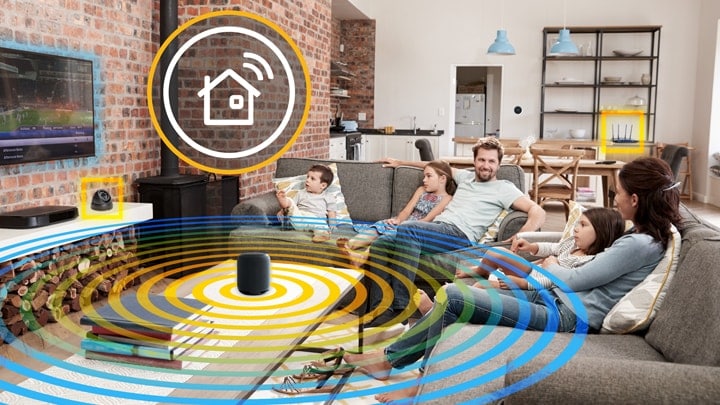Companies (partly) owned by private equity do not always appear in the news positively: They are often accused of lack of innovation, short term vision and even job losses. Today – exactly 7 years after NXP was acquired by private equity companies -is a good time to reflect on the journey we’ve been on and see if our private equity experience has been a positive one or not.
It was in December 2005 when Gerard Kleisterlee, the (then) CEO of Royal Philips Electronics, announced the organization’s intention to divest its semiconductor division. Exactly 9 months later Philips sold 80.1% of its shares in its semiconductors division to a consortium of private equity funds, and NXP Semiconductors was born.
Although NXP was established in a period of economic prosperity, we were soon facing a worldwide economic downturn, considerable price erosion and stock surpluses that reduced revenue growth and which led to a negative result for NXP. In the summer of 2008 plans were made for an extensive reorganization with the aim of achieving a cost reduction of US$550 million per year. This resulted in the loss of 4500 jobs worldwide.
From the very beginning, Private Equity owners have encouraged management to sail close to the wind. This means better managing costs and working more efficiently, but also abandoning projects that won’t pay off in the long term, dispensing with activities at which you cannot excel, and always wanting to be better than the competition. During the years our Private Equity partners have worked together with us to transform NXP into a considerably improved and world class semiconductor company with a strong future. And, if you believe the newspaper headlines from 2008 and 2009, the Private Equity parties and their stringent measures probably prevented the downfall of NXP.
Although we’ve had to implement several reorganizations, and some painful measures, the company is doing significantly better since then. A renewed focus on high growth, high profit markets, such as High Performance Mixed Signal chips, combined with both business and debt restructuring, has led to a thriving business. Since the spin-off from Philips, our debt dropped from US$ 5,751 billion in 2006 to US$ 3,381 billion in 2013. And with our Q2 2013 revenues hitting US$1.15 billion (up 12% year on year) and results in the higher end of our guidance, the company has been transformed from its 2009 position, when the future of the company appeared fundamentally uncertain.
Our share price this summer is higher than it has ever been: Our stock value rose from US$5,47 billion in 2006 to US$9,11 billion in 2013. Based on the current share price of US$36,30 (August 26, 2013) our total enterprise value (which includes stock value and debt) rose from US$11,22 billion to US$12,49 billion.
Since our IPO in 2010, private equity stockholders have sold part of their shares and do now not longer have a majority (reduced to 34%). NXP is now ‘lean and mean’ – without losing its social face.
It was the tough decisions made by the board and the owners that saved NXP from potential downfall. Private equity firms took a gamble on NXP back in 2006 – it paid off not just for them, but for NXP, our staff and customers.




